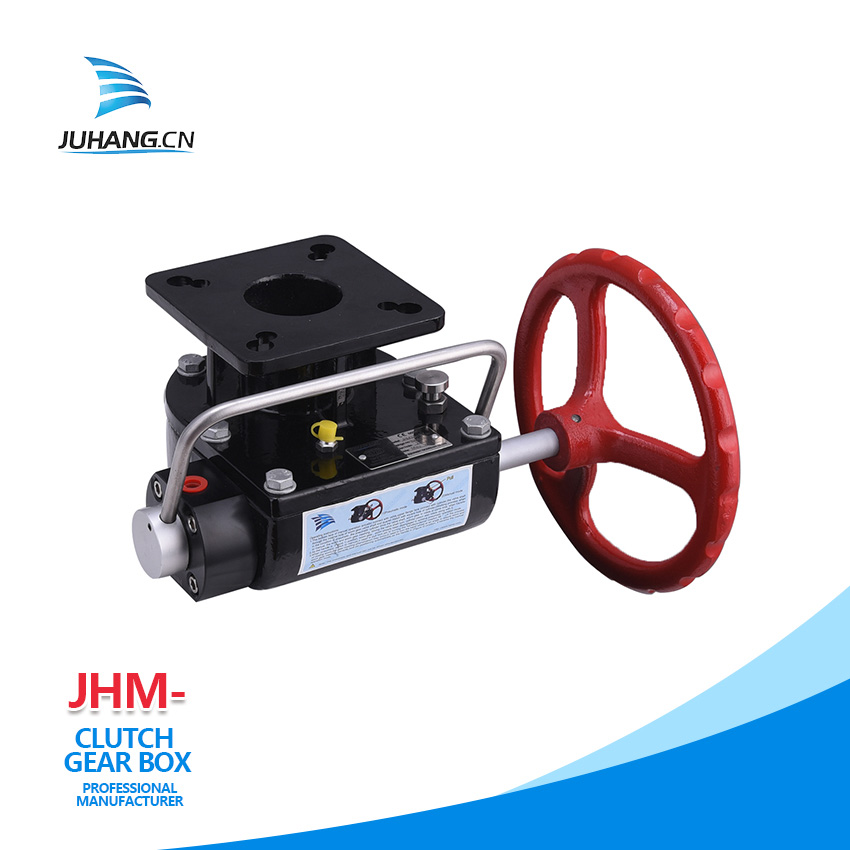Choosing the Right Declutchable Gear Box for Your Application
2024-07-08
Introduction
Selecting the appropriate "Declutchable Gear Box" for your specific application is crucial to ensure optimal performance, efficiency, and reliability. With various options available in the market, understanding the key factors to consider can help you make an informed decision. In this blog, we will provide a comprehensive guide to choosing the right declutchable gear box, covering essential aspects such as application requirements, technical specifications, and vendor selection.
1. Assessing Application Requirements
Load and Torque:
Determine the load and torque requirements of your application. The declutchable gear box must be capable of handling the maximum load and torque without compromising performance or durability. Consider both peak and continuous load conditions.
Speed and Ratios:
Evaluate the speed requirements and gear ratios needed for your application. The gear box should provide the necessary speed reduction or increase while maintaining efficient power transmission. Ensure that the gear ratios are suitable for your operational needs.
Environmental Conditions:
Consider the operating environment, including temperature, humidity, and exposure to dust or chemicals. Choose a gear box with appropriate materials and protective coatings to withstand these conditions and prevent premature wear or failure.
2. Technical Specifications
Material and Construction:
Review the materials and construction quality of the gear box. High-strength alloys, composite materials, and precision manufacturing techniques contribute to the durability and performance of the gear box. Ensure that the materials used are suitable for your specific application.
Control Mechanism:
Select the appropriate control mechanism for engaging and disengaging the gear box. Options include mechanical, electromagnetic, hydraulic, and pneumatic systems. Choose the mechanism that offers the desired level of control, responsiveness, and reliability for your application.
Size and Weight:
Consider the size and weight of the gear box, especially if space constraints or weight limitations are factors in your application. Compact and lightweight designs may be preferable in certain scenarios, but ensure they do not compromise on performance or durability.
3. Evaluating Vendor and Product Quality
Reputation and Experience:
Choose a reputable vendor with a proven track record in manufacturing high-quality declutchable gear boxes. Look for vendors with extensive experience in your industry and positive customer reviews.
Certification and Compliance:
Ensure that the gear box complies with relevant industry standards and certifications. This may include ISO certification, CE marking, or compliance with specific industry regulations. Certified products are more likely to meet stringent quality and performance criteria.
Customization Options:
Check if the vendor offers customization options to tailor the gear box to your specific needs. Customization may include special gear ratios, mounting configurations, or additional features. A vendor that provides tailored solutions can better meet your unique requirements.



